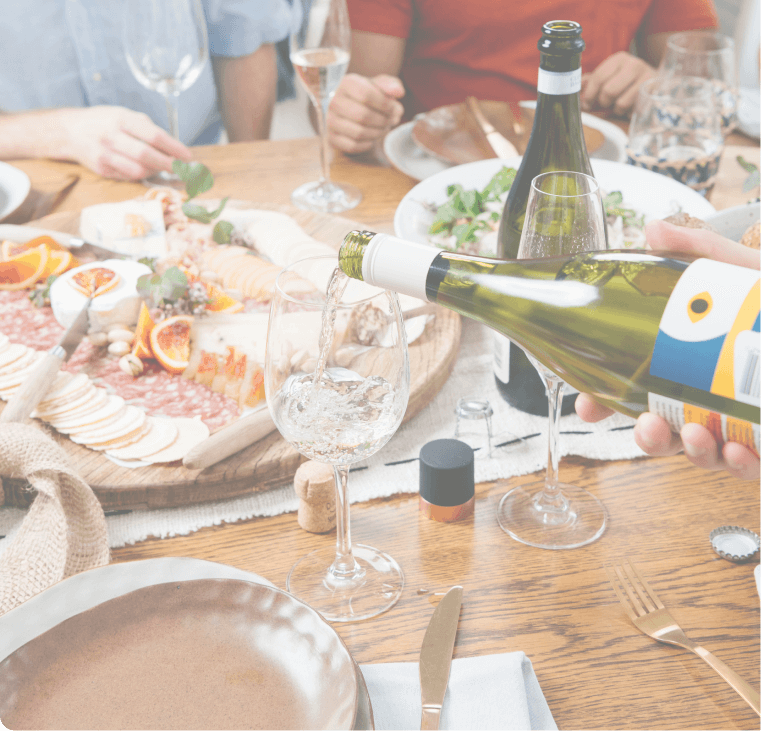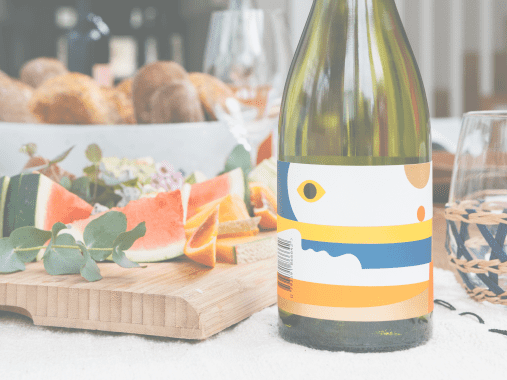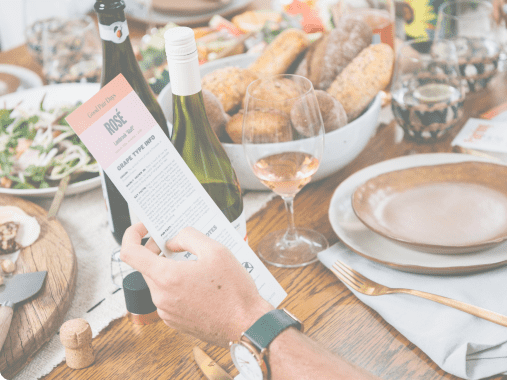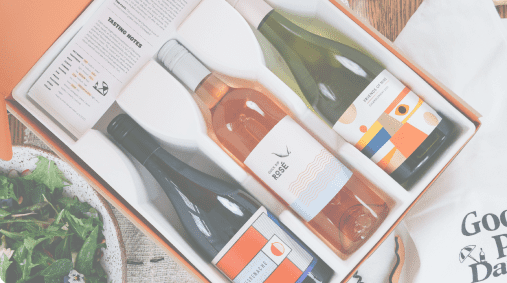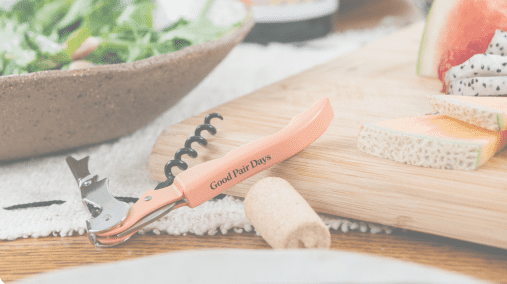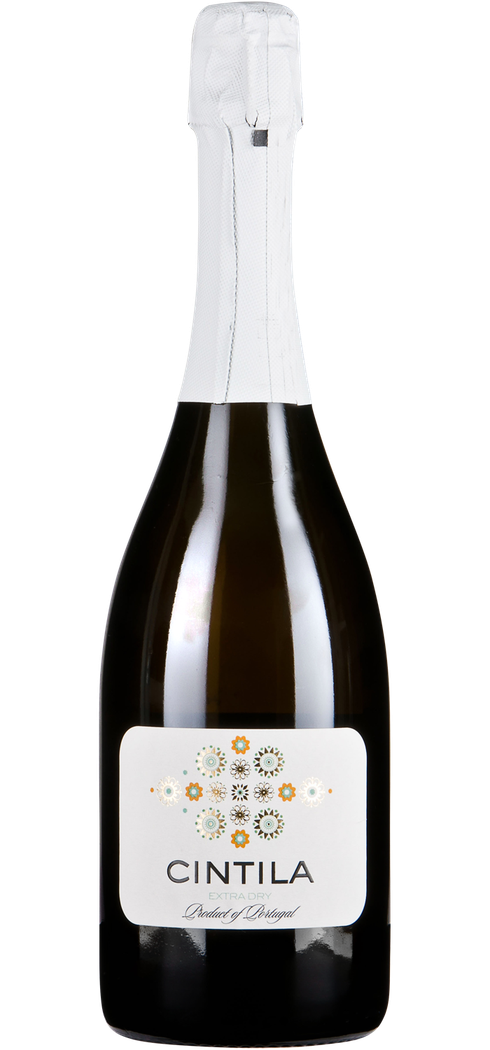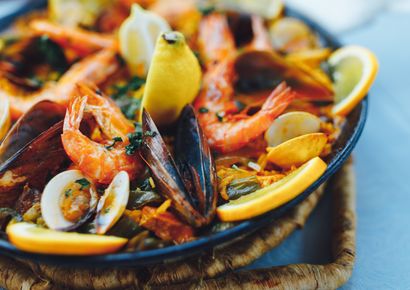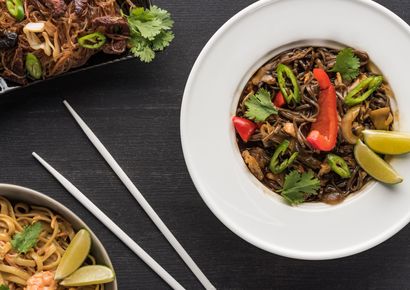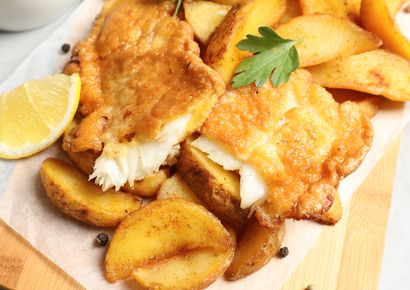

You're on our UK site. Are you sure you want to continue?
Cintila Extra Dry Sparkling NV
Primary flavours

Lemon Curd

Lychee

Mango

Brioche

Cereal

Floral

Honey
Details
There is quite a bit going on with this wine. Look for a lovely tropical character, with mango chutney and lychee aromas and a lovely cereal, almost corn flake character. This is fun, rich, rounded and super easy drinking.
Origin: The original sparkling wines were made in a place called Limoux in southern France. Mainly Grown In: These days, the whole world sparkles - these styles are made anywhere and everywhere, from a range of grape varieties. Key Facts: Champagne gets all the attention, but there's so much more to the world of sparkling than that. In fact, there are 4 main methods of production for sparkling wine, each producing slightly different styles and flavours. What is common across all of them however is really focussed, tangy acidity (due mostly to harvesting the grapes early - the acidity is needed to keep the sparkling wine fresh) and an elegant fruit profile. Main flavours often include various citrus fruits, crunchy green apple and hints of honey or biscuit. At the end of the day though, it's about those bubbles and the refreshment factor! Fun Fact: Sparkling wine can be made in many ways - traditional method, tank method, carbonation. The biggest difference is the quality of the bubbles (referred to as the 'bead' or 'mousse').
Origin: The original sparkling wines were made in a place called Limoux in southern France. Mainly Grown In: These days, the whole world sparkles - these styles are made anywhere and everywhere, from a range of grape varieties. Key Facts: Champagne gets all the attention, but there's so much more to the world of sparkling than that. In fact, there are 4 main methods of production for sparkling wine, each producing slightly different styles and flavours. What is common across all of them however is really focussed, tangy acidity (due mostly to harvesting the grapes early - the acidity is needed to keep the sparkling wine fresh) and an elegant fruit profile. Main flavours often include various citrus fruits, crunchy green apple and hints of honey or biscuit. At the end of the day though, it's about those bubbles and the refreshment factor! Fun Fact: Sparkling wine can be made in many ways - traditional method, tank method, carbonation. The biggest difference is the quality of the bubbles (referred to as the 'bead' or 'mousse').
Read more
Taste Profile
This wine’s tasting notes.
Sweetness

lowmediumhigh
Body

lightmediumfull
Fruitiness

nonesomelots
Tannins

lowmediumhigh
Acidity

lowmediumhigh
Oak

nonesomelots
Alcohol

low
(under 12%)medium
(12-14%)high
(14%+)
Taste Summary
This wine’s tasting notes are leaning towards medium bodied, medium sweetness, with medium acidity, very fruity, low tannins, medium alcohol and no oak.
Specs
Region
Setubal
country
Portugal
Grape type
Sparkling (Method Traditional)
Wine Maker
Cintila
Alcohol
12%
Vintage
NV
Cellar period
1-3 years
Production method
Vegan
Pairing guide
Portuguese sparkling wines are fairly underrepresented in the world of fine fizz, but this beautiful bottle from Cintila is here to open our eyes to the country’s best bubbles. This stunning wine is eminently food-friendly, providing plenty of opportunity for exploration - it’s going to be amazing with fried chicken dishes, tempura seafood and vegetables, and simple or raw shellfish. We also loved this wine with creamy and buttery pasta sauces, pub favourites like fish ‘n’ chips and chicken kiev, and even with a big plate of loaded fries. Delicious!
Read more
Food

Tapas

Goat's Cheese

Hard Cheese
Tastes

Crisp

Tangy

Light

Floral
Moods

Mood for something different

You'll know when
Seasons

Summer

Spring
Recipe Matches
Wine region
Setubal, Portugal
The Setubal wine region is in Portugal and is known for producing some of the country's most notable wines. Setubal vineyards are treated to a warm Mediterranean climate and a combination of clay and limestone soils, all ideal for growing grapes. Prominent sub-regions of Setubal include the coastal hills of Arrabida, which produce complex and full-bodied red wines made from Castelão, Touriga Nacional, and Trincadeira. While the sandy soils of the Setubal Peninsula, which produce fresh and aromatic Arinto, Fernão Pires, and Antão Vaz. Setubal’s repertoire also includes Moscatel de Setubal, which is made from fortified Muscat grape (Muscat of Alexandria). Moscatel de Setubal is known for its rich amber colour, complex aromas of dried fruits, honey, and spices, and a characteristic sweetness on the palate. A bit of an after-dinner treat!
Read more

